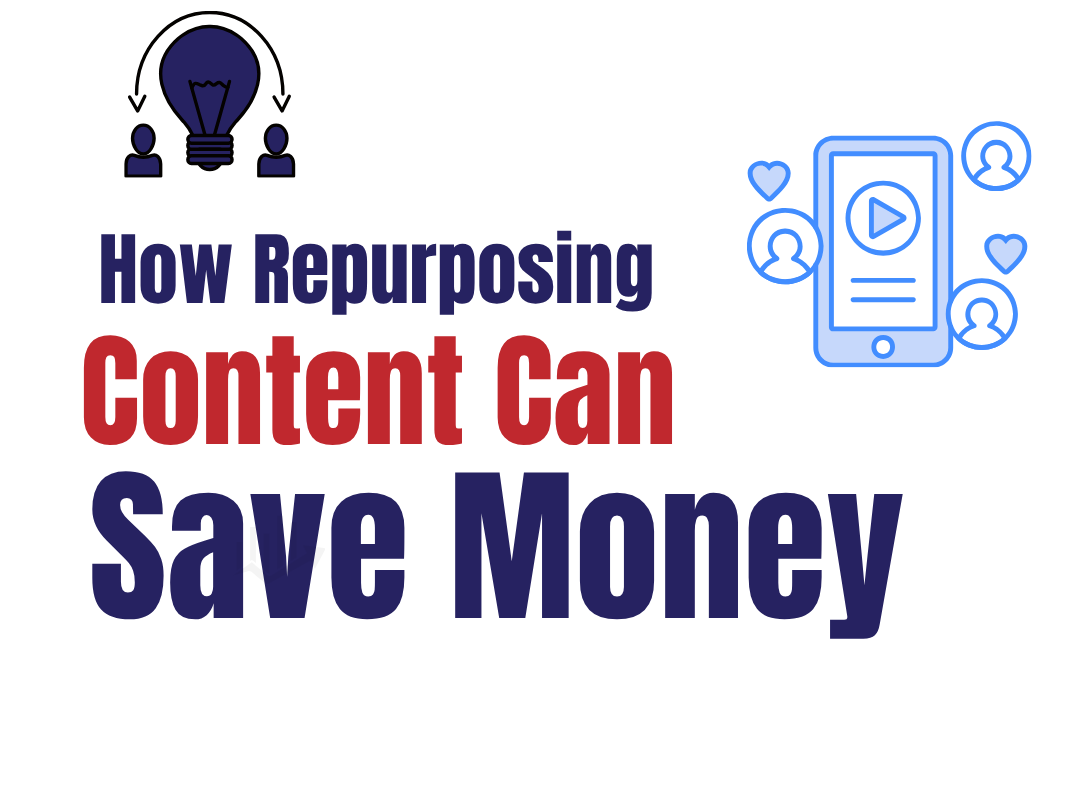How Repurposing Content Can Save Money and Boost SEO
Creating high-quality content takes time, effort, and money. Yet, after publishing a blog post, video, or social media campaign, most businesses move on to the next big idea—leaving valuable content to fade into digital obscurity.
But what if there was a smarter, more sustainable way to get the most out of every piece of content you create?
Welcome to the power of content repurposing.
At YSMPanda, we believe content repurposing is one of the most cost-effective and impactful strategies available to brands today. It allows you to extend your content’s life cycle, improve visibility across platforms, and dramatically increase return on investment—all while saving time and resources.
What Is Content Repurposing?
Content repurposing is the practice of reusing existing content and presenting it in a new format or for a different audience. It’s not simply duplicating content. Rather, it involves adapting the original material to suit different platforms, user behaviors, and stages of the customer journey.
For example, a long-form blog post can be repurposed into a series of LinkedIn posts, a carousel for Instagram, a short video clip for YouTube Shorts, or even a podcast episode summary.
Done strategically, repurposing allows your content to continue driving results long after its original publication date.
Why Repurposing Is a Smart Strategy for Modern Marketer
There are several compelling reasons to make content repurposing a core part of your digital marketing approach:
1. It Saves Time and Money
Creating new content from scratch for every platform is labor-intensive and costly. Repurposing leverages work you’ve already done, reducing production time and lowering content development costs.
2. It Expands Your Reach
People consume content in different ways. Some prefer reading blogs, others scroll through social media, while many are drawn to short-form videos. Repurposing helps you meet your audience where they are, in the format they prefer.
3. It Boosts Engagement
Repackaging content into different styles and formats keeps your messaging fresh and allows you to test which presentation drives the best performance across different channels.
4. It Improves SEO Performance
Search engines favor updated, diverse content. Repurposing enables you to target a wider variety of keywords, increase internal linking opportunities, and generate more backlinks—all of which help improve your rankings and domain authority.
Practical Examples of Content Repurposing in Action
Here are some practical and effective ways to repurpose content:
Transform a Blog Post into a LinkedIn Carousel
Take key insights or statistics from a blog post and turn them into a visually engaging LinkedIn carousel. This boosts visibility, encourages shares, and reinforces your brand’s thought leadership.
Convert a Webinar into Short-Form Videos
Break down recorded webinars into bite-sized video clips that can be posted on platforms like YouTube Shorts, Instagram Reels, or TikTok. This is a great way to extract high-value content and reach new audiences.
Use Testimonials as Visual Content
Turn written client testimonials into branded Instagram stories or website graphics. Visual testimonials are powerful tools for building trust and social proof.
Republish High-Performing Blog Posts with Updates
Take old blog content that performed well and update it with new statistics, insights, or examples. Then repost and promote it as refreshed content. This strategy boosts SEO without having to start from scratch.
Create an Infographic from Internal Data
If you’ve run surveys or gathered unique data, transform that information into an infographic. Infographics are highly shareable and excellent for backlink generation.
The SEO Advantages of Repurposed Content
Repurposed content isn’t just efficient—it’s also a powerful tool for search engine optimization. Here’s how:
- Increased Keyword Coverage: By adapting content for various formats and topics, you naturally incorporate more keywords and search phrases.
- Better User Engagement: Repurposed content often drives longer site visits and more interaction, signaling to search engines that your site is valuable.
- More Backlinks: High-quality repurposed content, such as infographics or expert guides, is more likely to be shared and linked to.
- Expanded Content Footprint: More content formats mean more opportunities to appear in search results, social feeds, and suggested videos.
Google favors websites that produce fresh, consistent, and relevant content. Repurposing supports this goal without the ongoing pressure to produce completely new materials every time.
Tools to Help You Repurpose Content Effectively
There are several tools and platforms that can simplify the repurposing process:
- Canva / Adobe Express – for creating visual assets such as social media carousels, story graphics, and infographics.
- Notion AI / ChatGPT – for rewriting content and tailoring messaging to different platforms or audiences.
- Descript / Veed.io – for editing and converting video content into clips, transcripts, or short-form reels.
- Lumen5 / Pictory – for transforming blog posts into engaging video summaries.
- Hootsuite / Buffer – for scheduling and publishing repurposed content across multiple channels.
Using these tools, your team can quickly adapt and publish content in various formats without needing a large production budget.
Final Thoughts
Repurposing content is more than just a time-saving tactic—it’s a strategic advantage in today’s content-heavy landscape. It allows businesses to amplify their message, connect with broader audiences, and stretch the value of every asset they create.
At YSMPanda, we help brands repurpose content the right way—from long-form blogs and case studies to short-form videos, social graphics, and beyond. Whether you want to grow your reach, improve SEO, or get better returns from your content marketing efforts, we’re here to help you make it happen.
Want to turn one piece of content into ten high-performing assets?
Contact us today to learn how our team can help you repurpose smarter, not harder.





